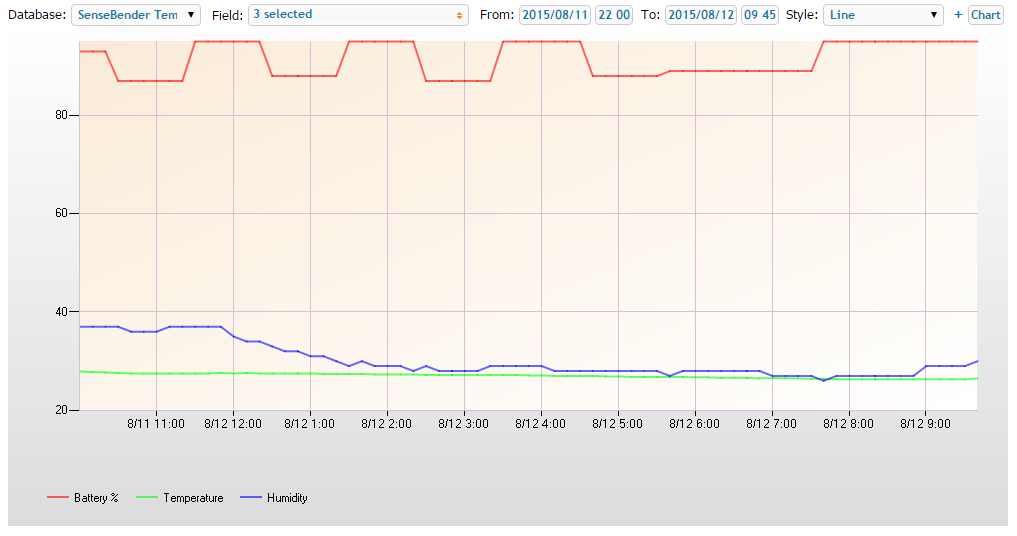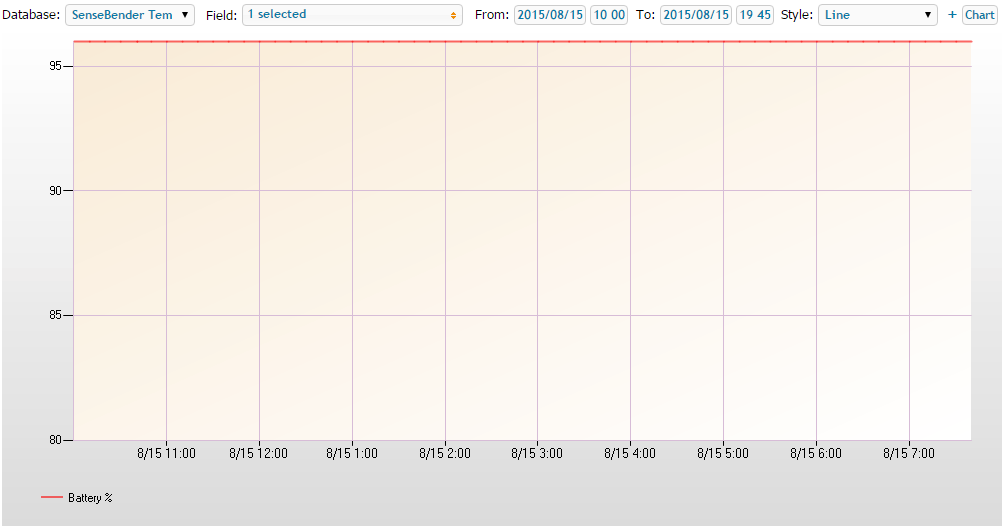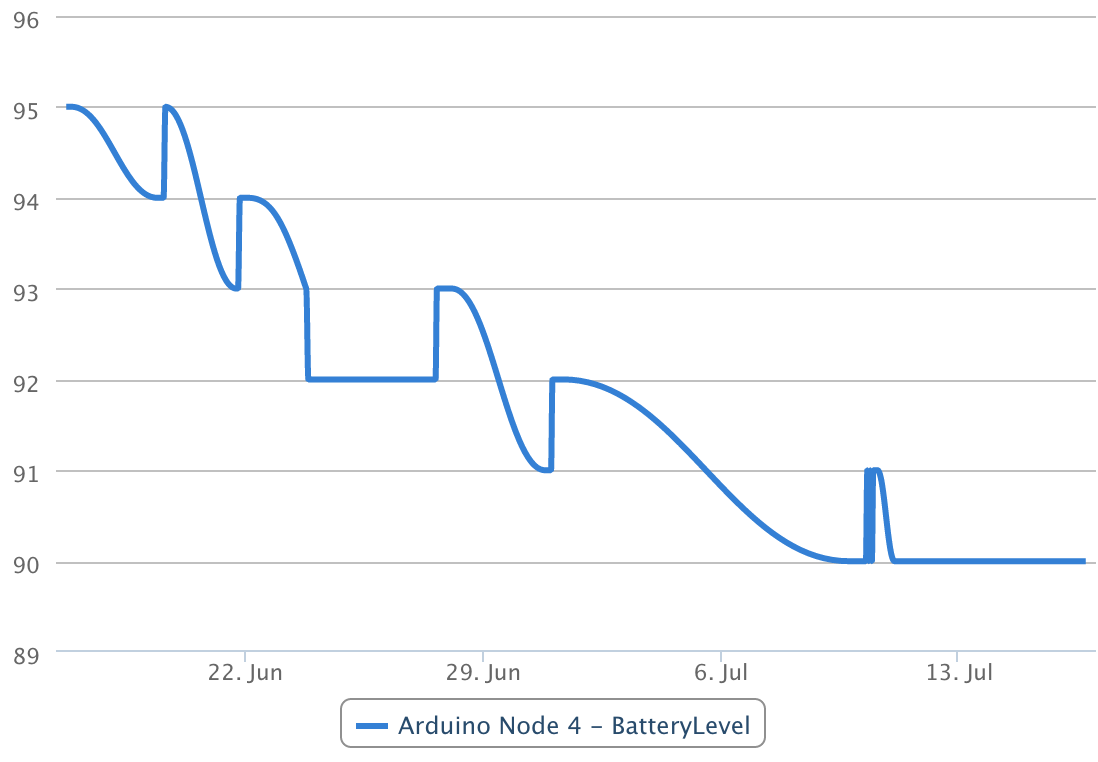Sensebender Micro
-
@Moshe-Livne just FYI - i ordered all my NRF's from the same place i ordered the sensebender boards from.
and they were all legit NRF's came in their own boxes and have worked great.
http://imall.itead.cc/wireless/im120606002.html@mvader said:
@Moshe-Livne just FYI - i ordered all my NRF's from the same place i ordered the sensebender boards from.
and they were all legit NRF's came in their own boxes and have worked great.
http://imall.itead.cc/wireless/im120606002.htmlThanks for the tip! I just ordered some.
-
@Moshe-Livne just FYI - i ordered all my NRF's from the same place i ordered the sensebender boards from.
and they were all legit NRF's came in their own boxes and have worked great.
http://imall.itead.cc/wireless/im120606002.html@mvader said:
@Moshe-Livne just FYI - i ordered all my NRF's from the same place i ordered the sensebender boards from.
and they were all legit NRF's came in their own boxes and have worked great.
http://imall.itead.cc/wireless/im120606002.htmlDo they "just work out of the box" or do they benefit from the 10uF capacitor that some boards allegedly seem to need?
-
Batteries usually provide a 'clean' power supply. The capacitor is more useful when there is ripple from the AC adapter.
-
@mvader said:
@Moshe-Livne just FYI - i ordered all my NRF's from the same place i ordered the sensebender boards from.
and they were all legit NRF's came in their own boxes and have worked great.
http://imall.itead.cc/wireless/im120606002.htmlDo they "just work out of the box" or do they benefit from the 10uF capacitor that some boards allegedly seem to need?
@NeverDie said:
@mvader said:
@Moshe-Livne just FYI - i ordered all my NRF's from the same place i ordered the sensebender boards from.
and they were all legit NRF's came in their own boxes and have worked great.
http://imall.itead.cc/wireless/im120606002.htmlDo they "just work out of the box" or do they benefit from the 10uF capacitor that some boards allegedly seem to need?
no cap needed.. just straight to the board.
-
I have just a question about the default sketch.
Doesn't the following code influence the sleep time?
// check if we can lower the speed if ((measureCount == 5) && highfreq) { clock_prescale_set(clock_div_8); // Switch to 1Mhz for the reminder of the sketch, save power. highfreq = false; }If i lower the clock speed I would expect a lower processing time.
Also, the threshold for temperature and humidity is set to 0.5 and the humidity is read in percent as an integer. Doesn't this mean that even when the humidity changes by less than 1 percent I get an update of the values. I would expect that the noise of the humidity sensor is around 1%.
-
@gloob said:
I have just a question about the default sketch.
Doesn't the following code influence the sleep time?
It's the watchdog that is used for calculating the sleeptime, which is running independently from the CPU oscliator (which is lowered here).
If i lower the clock speed I would expect a lower processing time.
Also, the threshold for temperature and humidity is set to 0.5 and the humidity is read in percent as an integer. Doesn't this mean that even when the humidity changes by less than 1 percent I get an update of the values. I would expect that the noise of the humidity sensor is around 1%.
Humidity is using a running average, it starts with taking average of the previous two measurements, put in the current measurement, and takes a new average (meaning this measurement, and the previous measurement). Then it takes the difference between those two averages, and this needs to be above 0.5.
In theory it should lower the number of transmissions, if the humidity fluctuates, like: 50%, 51%, 50%.. without the running average, this would trigger 3 transmissions.
You are welcome to suggest another method of limiting "spurious" transmissions :)
-
@gloob said:
I have just a question about the default sketch.
Doesn't the following code influence the sleep time?
It's the watchdog that is used for calculating the sleeptime, which is running independently from the CPU oscliator (which is lowered here).
If i lower the clock speed I would expect a lower processing time.
Also, the threshold for temperature and humidity is set to 0.5 and the humidity is read in percent as an integer. Doesn't this mean that even when the humidity changes by less than 1 percent I get an update of the values. I would expect that the noise of the humidity sensor is around 1%.
Humidity is using a running average, it starts with taking average of the previous two measurements, put in the current measurement, and takes a new average (meaning this measurement, and the previous measurement). Then it takes the difference between those two averages, and this needs to be above 0.5.
In theory it should lower the number of transmissions, if the humidity fluctuates, like: 50%, 51%, 50%.. without the running average, this would trigger 3 transmissions.
You are welcome to suggest another method of limiting "spurious" transmissions :)
@tbowmo hmmm haven't looked at the details in the sketch but suppose we have 50, 50 , 51, 50, 51, 51, 51 wouldn't the results be:
50, 50 = 50
50, 50, 51 = 50.3
50, 51 = 50.50
50, 51, 50 = 50.50
51, 50 = 50.50
51, 50, 51 = 50.6
50, 51 = 50.50
50, 51, 51 = 50.6
51, 51 = 51
51, 51, 51 = 51so no over 0.5 fluctuation?
I think a threshold would work better. can be by running average but from a fixed, last reported temp. -
I started it plugged to a vinduino like schema, so I had this :
Sensebender Micro FW 1.2 - TestMode Testing peripherals! -> SI7021 : ok! -> Flash : failed! -> SHA204 : Ok (serial : 01232F36E159E8ADEE) Test finished ----> Selftest failed!I read your posts, replaces 1.4.1 libs by 1.5, reflashed it with the demo code and here is what I have:
Sensebender Micro FW 1.2radio init failis that because I don't have a 1.5 serial gateway ?
I have the socket and the FTDI on the same side so I may avoid the above ?
-
Finally got around to hooking one of these up last night. I soldered in the socket for the radio and the wires for my battery pack and uploaded the latest version of the sketch by just holding the FTDI connections in place. The sensor is working great. Thanks to @hek and @tbowmo for making it available!
I'm capturing the data including battery percentage to track how long it will last. One thing is that the battery percentage is jumping around quite a bit. It started at around 93%, dropped below 90, jumped backup to 95, etc. so I'll need to do some investigation as to why. This is happening with brand-new Duracell copper-top batteries. Also, for any future enhancements to the board, I would love to see a couple of mounting holes.

Cheers
Al -
Finally got around to hooking one of these up last night. I soldered in the socket for the radio and the wires for my battery pack and uploaded the latest version of the sketch by just holding the FTDI connections in place. The sensor is working great. Thanks to @hek and @tbowmo for making it available!
I'm capturing the data including battery percentage to track how long it will last. One thing is that the battery percentage is jumping around quite a bit. It started at around 93%, dropped below 90, jumped backup to 95, etc. so I'll need to do some investigation as to why. This is happening with brand-new Duracell copper-top batteries. Also, for any future enhancements to the board, I would love to see a couple of mounting holes.

Cheers
Al -
@Sparkman
I wounder if that is being caused by the loading of the battery and the moment the battery info is being calculated......@ServiceXp Good point. Maybe for the low values it's transmitting the temp/humidity when it's calculating the battery level. I'll take a look at the sketch to see if that could be the case.
Cheers
Al -
Hello
I found an error in the sensebender micro sketch in the latest release.
The calculation of the temperature change is wrong.
float diffTemp = abs(lastTemperature - (isMetric ? data.celsiusHundredths : data.fahrenheitHundredths) / 100);needs to be replaced with
float diffTemp = abs(lastTemperature - (isMetric ? data.celsiusHundredths : data.fahrenheitHundredths) / 100.0);The division with 100 needs to be 100.0 otherwise the result will be an integer instead of a float value and the difference will be the decimal places of the last temperature.
-
This should work as well and might be more clear:
float diffTemp = abs(lastTemperature - (isMetric ? data.celsiusHundredths : data.fahrenheitHundredths) / 100f);But I guess it is a matter of taste :)
-
Hi guys,
amazing board! But i have a question: The Arduino IDE offerst two options as destination - 8MHz and 1MHz. Which one should i chose? My board seems to work in general, but not very realiable... -
Hi guys,
amazing board! But i have a question: The Arduino IDE offerst two options as destination - 8MHz and 1MHz. Which one should i chose? My board seems to work in general, but not very realiable...@Stephan-Noller Out of the box, I had to use the 8MHz option to upload the sketch to it.
Cheers
Al -
The sensebender is set up to run at 8Mhz. There is an option to build it for 1Mhz, but you have to switch the prescaler yourself in your sketch.
However I think the current consumption saved by running on 1Mhz vs 8Mhz is very limited on the sensebender, as the oscillator is shut down the majority of time (when we are sleeping the MCU).
. I have not made any measurements on this yet (busy with a 1000 of other projects) -
@Sparkman
I wounder if that is being caused by the loading of the battery and the moment the battery info is being calculated......@ServiceXp Your hunch was correct. I built another Sensebender that only transmitted battery levels, and it's battery levels did not vary at all:

I then modified the sketch to put a short wait after the temp & humidity are sent to allow the voltage level to recover and the battery levels do not fluctuate so far. However, I'm thinking it would be better to always measure right after a transmit, but not sure if that's easy to do.
Cheers
Al


